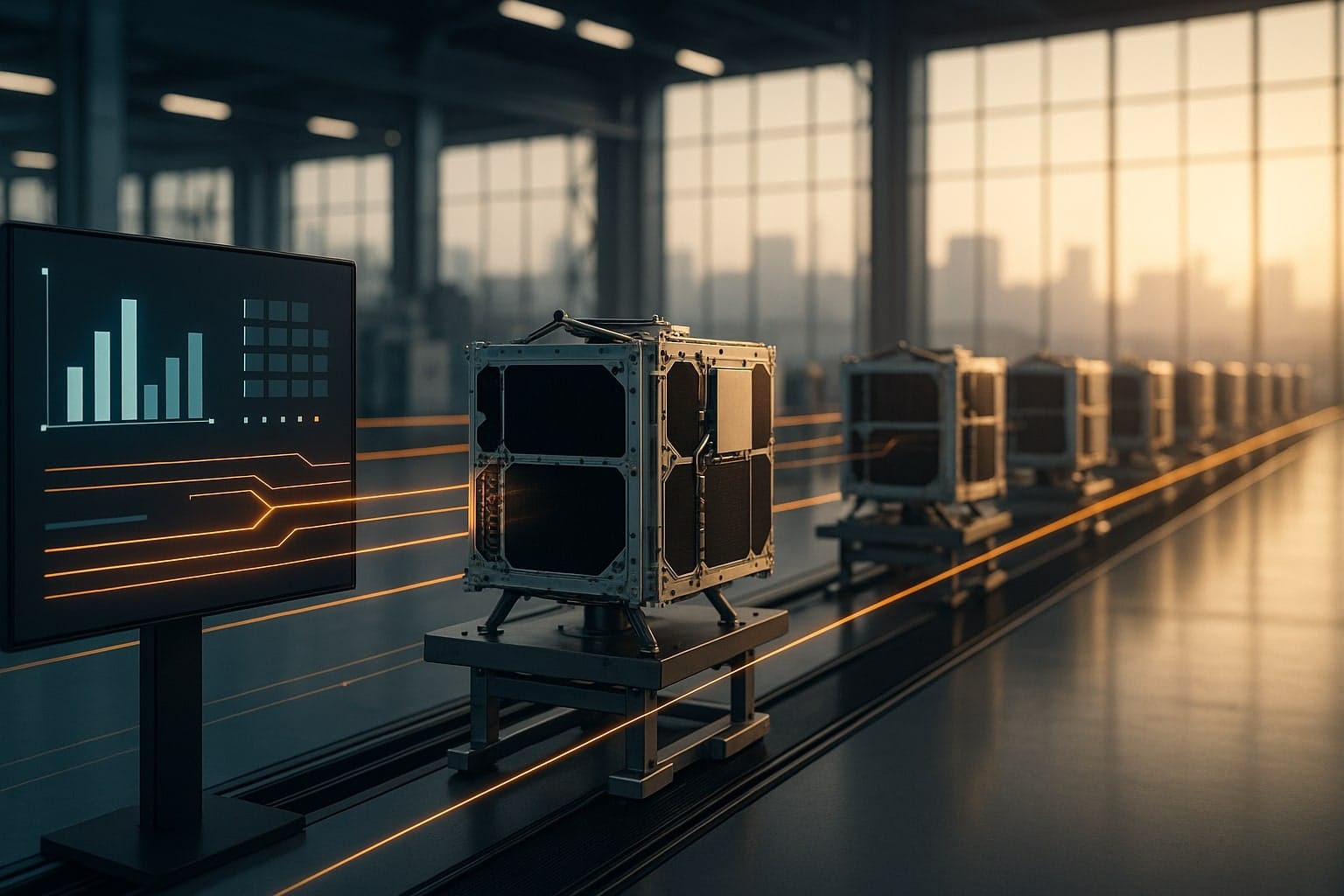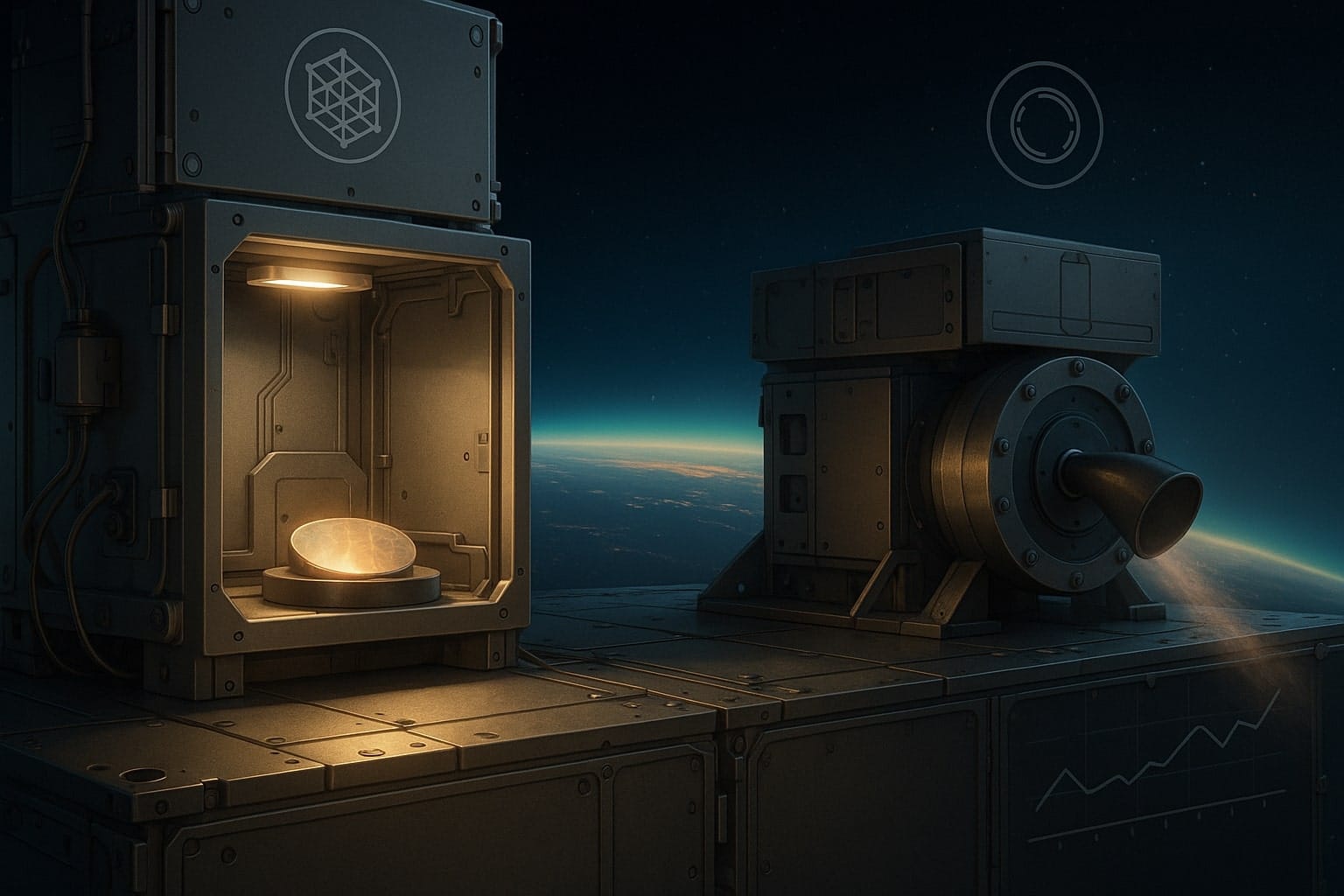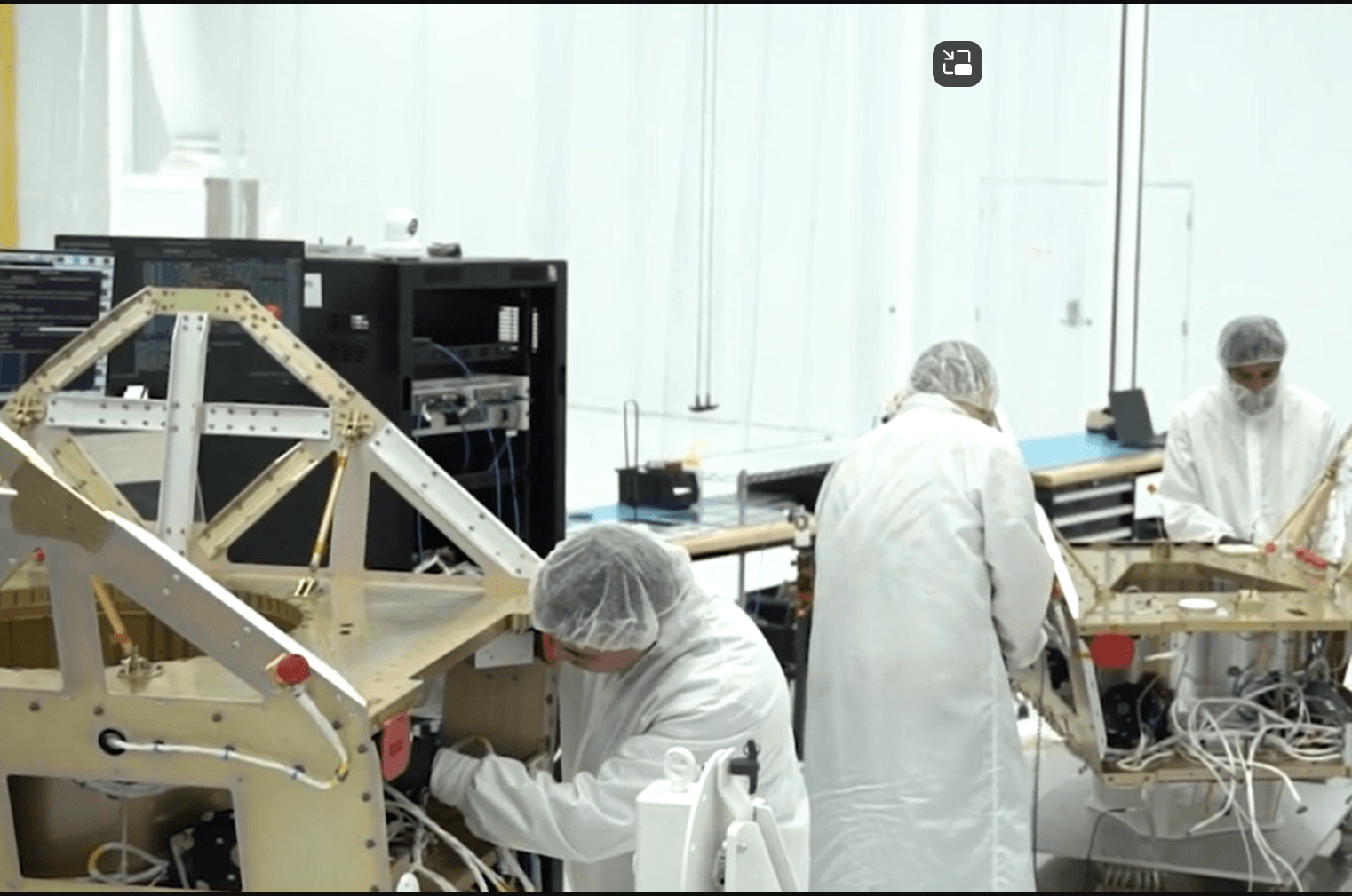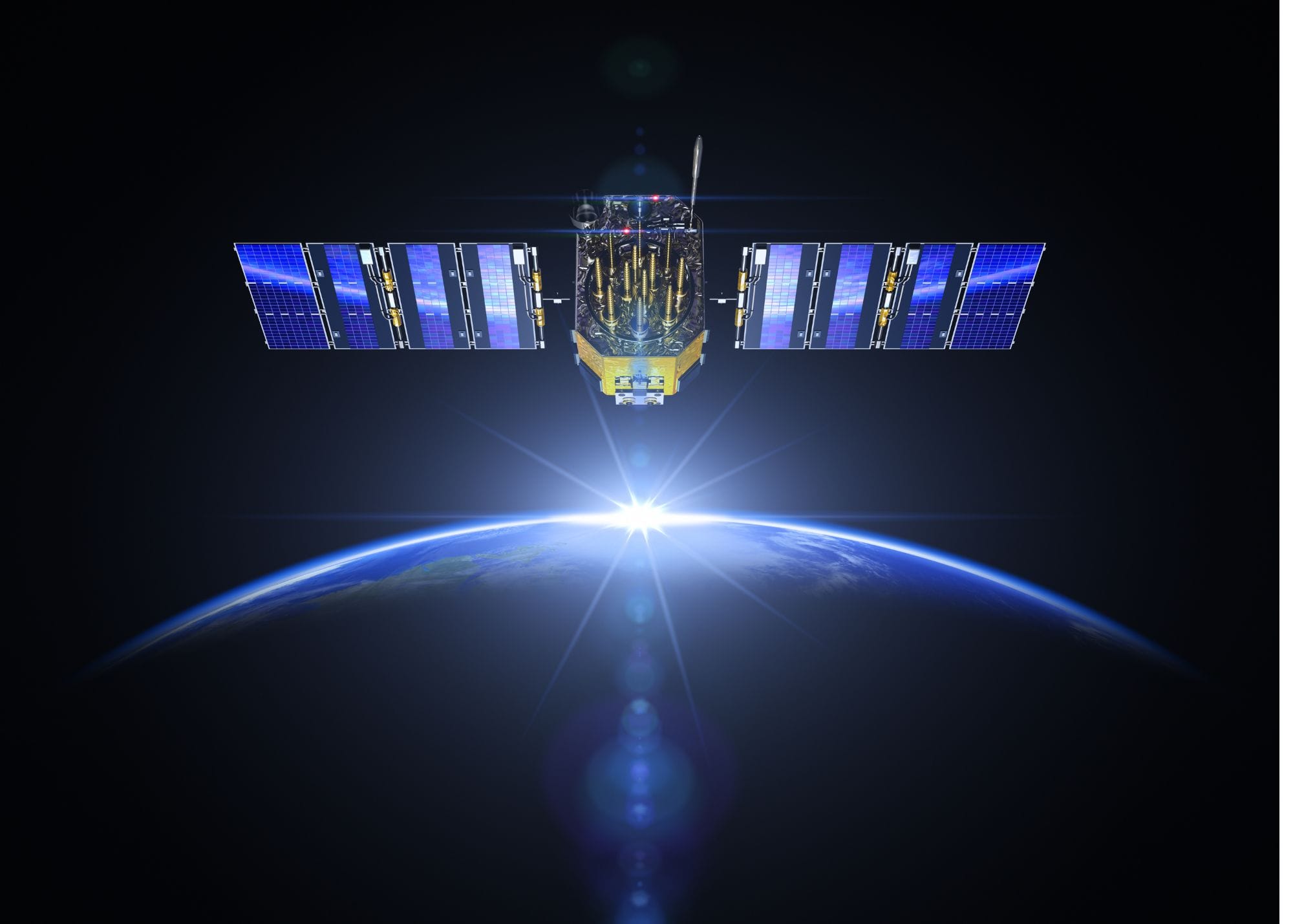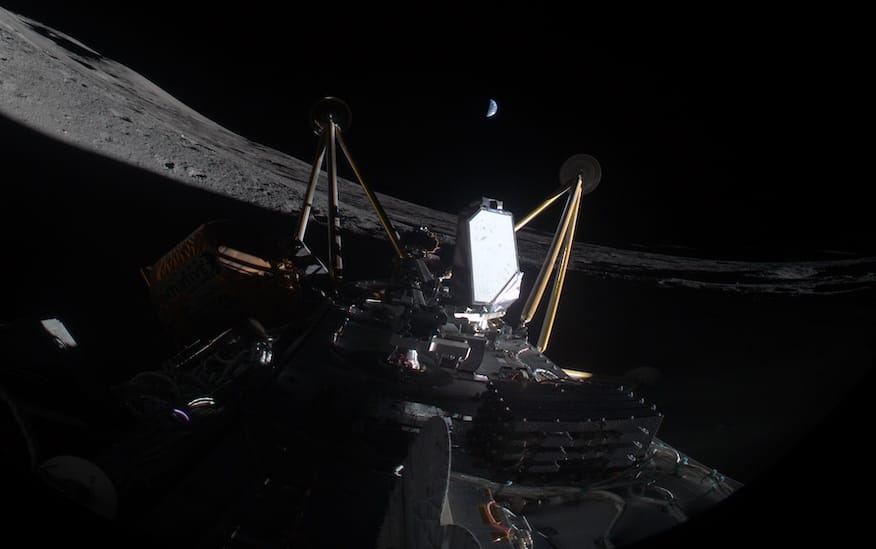As humanity sets its sights on Mars exploration, ensuring a sustainable food supply for astronauts becomes paramount. NASA is at the forefront of this endeavor, developing innovative methods to cultivate nutritious plants on the Red Planet. This article delves into NASA’s recent advancements in space agriculture, focusing on the latest experiments and missions aimed at growing plants on Mars.
Table of Contents
ToggleLatest Developments
Recent Experiments and Innovations
NASA-funded scientists are engineering plants capable of surviving Mars’ harsh conditions. By integrating traits from extremophiles—organisms that thrive in extreme environments—they aim to create resilient crops that can provide oxygen, fresh food, and medicinal compounds for astronauts. For instance, combining the cold tolerance of Arctic bacteria with the UV resistance of high-altitude tomato plants could result in plants capable of thriving in Martian soil.
CHAPEA Mission and Its Role
The Crew Health and Performance Exploration Analog (CHAPEA) mission is a pivotal NASA initiative simulating Mars conditions to test food systems and crop growth. In June 2023, the first CHAPEA mission commenced at NASA’s Johnson Space Center in Houston, Texas. Over a year, a four-member crew lived in a simulated Mars habitat, growing crops like lettuce, peppers, and tomatoes. This mission provided valuable insights into the feasibility of in-situ food production on Mars.
Genetically Engineered Plants
To address the challenges of Martian agriculture, NASA is exploring genetic engineering to develop plants that can withstand extreme cold, low atmospheric pressure, and high levels of ultraviolet radiation. By incorporating traits from extremophiles, scientists aim to create resilient crops that can provide oxygen, fresh food, and medicinal compounds for astronauts.
Why This is Critical for Mars Exploration
Self-Sustaining Life Support
Growing fresh food on Mars is essential for sustaining long-term human missions. It reduces reliance on Earth-based supplies and supports the health and well-being of astronauts by providing a diverse and nutritious diet. Additionally, plants can aid in oxygen production, carbon dioxide absorption, and water purification, contributing to a self-sustaining life support system.
Other Benefits
Beyond nutrition, cultivating plants on Mars can enhance psychological well-being by providing a connection to Earth and a sense of accomplishment. Moreover, successful plant growth could lead to the development of closed-loop ecosystems, where waste products are recycled, and resources are conserved, making long-duration missions more feasible.

Challenges and Solutions
Martian Conditions and Their Impact on Plant Growth
Cultivating plants on Mars presents significant challenges due to the planet’s harsh environment:
- Low Gravity: Mars’ gravity is about 38% that of Earth’s, affecting water distribution and nutrient uptake in plants.
- Temperature Extremes: Nighttime temperatures on Mars can plummet well below freezing, posing risks to plant survival.
- Nutrient Deficiency: Martian soil lacks essential minerals, necessitating soil enrichment for plant growth.
- Radiation Exposure: The thin Martian atmosphere offers minimal protection from harmful cosmic radiation, which can damage plant cells.
NASA’s Research Focus and Proposed Solutions
To address these challenges, NASA is exploring several innovative approaches:
- Genetic Engineering: Researchers are developing genetically modified plants with traits from extremophiles—organisms that thrive in extreme environments—to enhance resilience against Martian conditions.
- Controlled Environment Agriculture: Implementing bioregenerative life-support systems, NASA aims to create closed-loop ecosystems where plants produce oxygen and food while recycling waste and carbon dioxide.
- Hydroponic Systems: Utilizing water-efficient hydroponic methods, NASA plans to grow crops without soil, reducing water usage and enabling precise nutrient delivery.
- Artificial Intelligence (AI) Integration: AI technologies are being developed to monitor plant health and optimize growth conditions, ensuring efficient food production in space environments.
The Future of Space Agriculture
Potential for Expanding Crop Diversity
Advancements in space agriculture could lead to the cultivation of a variety of crops on Mars, including:
- Leafy Greens: Lettuce and spinach, which have been successfully grown in space, could provide essential nutrients and variety to astronaut diets.
- Root Vegetables: Carrots and radishes may be suitable for growth in controlled environments, offering additional nutritional benefits.
- Legumes: Beans and peas could be cultivated to provide protein sources, essential for a balanced diet.
Role of Food Systems in Future Mars Missions
Developing robust food systems is crucial for the success of long-duration Mars missions:
- Sustainability: In-situ food production reduces reliance on Earth-based supplies, enhancing mission sustainability.
- Health and Well-being: Access to fresh, nutritious food supports astronaut health, reducing the risk of diet-related health issues.
- Psychological Benefits: Engaging in plant cultivation can improve mental health by providing a sense of accomplishment and connection to Earth.
In summary, NASA’s innovative research and technological advancements are paving the way for sustainable plant cultivation on Mars, addressing the challenges of space agriculture and ensuring the well-being of future astronauts.

